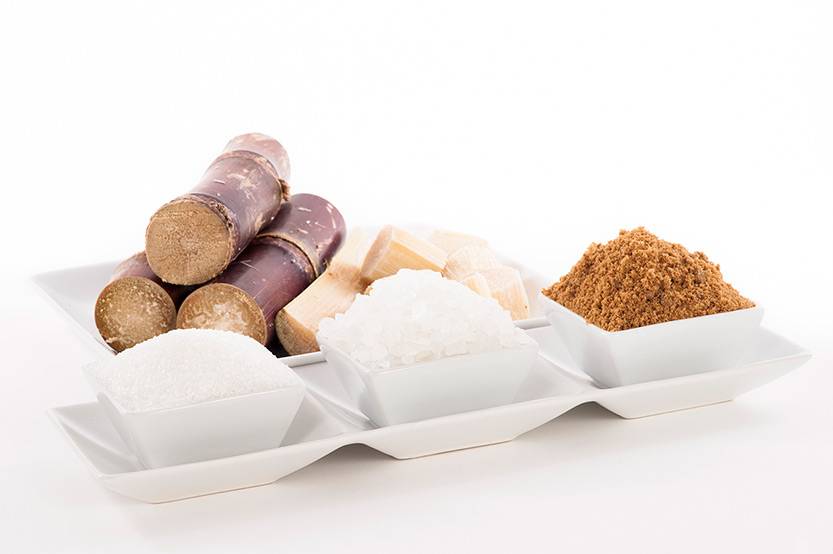Specialist Cane Sugar Processing Chemicals: Superior Results
Specialist Cane Sugar Processing Chemicals: Superior Results
Blog Article
Maximizar Rendimientos Y Minimizar Costos: Estrategias Avanzadas Para La Optimización Química Del Procesamiento De Azúcar De Caña
In the realm of walking cane sugar handling, the search of optimizing yields while simultaneously decreasing prices stands as a powerful obstacle that requires a tactical blend of innovative chemical optimization strategies. The details of this endeavor look into the core of performance, where every element of the procedure plays a vital role in attaining optimal results. By discovering the complexities of chemical evaluation, enzyme application, pH control, purification, and purification approaches, a landscape abundant with possibilities for improvement and development emerges. In the middle of this complex internet of approaches exists the pledge of opening untapped capacity and changing the extremely significance of sugar manufacturing. Cane Sugar Processing Chemicals.
Chemical Evaluation for Effectiveness
Chemical analysis plays a critical role in improving the efficiency of sugar walking stick processing by supplying important insights into the composition and residential or commercial properties of the raw products. By performing detailed chemical evaluations on sugar walking cane examples, cpus can identify the precise concentrations of sucrose, sugar, fructose, and other components present in the raw product. This information is important for optimizing the numerous phases of the sugar walking stick handling chain, from milling to formation.
In addition, chemical analysis makes it possible for cpus to identify impurities such as organic acids, proteins, and minerals that can impact the high quality and yield of the last sugar item. By evaluating these pollutants, cpus can implement targeted techniques to eliminate or alleviate their impacts, ultimately boosting the overall performance of the processing plant.
Furthermore, chemical analysis facilitates the surveillance of procedure specifications such as pH, temperature level, and thickness, allowing processors to make real-time adjustments to make certain optimal conditions for sugar extraction and formation. On the whole, a complete understanding of the chemical structure of sugar walking cane is vital for optimizing yields, minimizing prices, and preserving high item quality in the sugar manufacturing market.

Enzyme Usage for Increased Yields
With a strategic strategy to enzyme use, sugar walking stick cpus can dramatically boost their yields while keeping functional effectiveness in the manufacturing process. Enzymes play an essential role in sugar walking stick processing by breaking down complicated carbs into less complex sugars, thus enhancing the general sugar extraction effectiveness. By integrating details enzymes tailored to target the various elements of sugar walking cane, such as cellulose and hemicellulose, processors can enhance the release of sugars during removal.
Enzyme application provides the benefit of making the most of sugar returns from the raw product while minimizing the energy and resources required for handling. This results in a much more sustainable and affordable manufacturing process. Additionally, enzymes can help in decreasing processing time and improving the total top quality of the sugar product. With mindful selection and application of enzymes, sugar walking stick cpus can maximize their operations to achieve greater returns and success.
Ph Control for Optimum Handling
Enzyme use for enhanced yields in sugar walking stick handling lays the structure for dealing with the essential element of pH control for optimum processing performance. Maintaining the ideal pH degree throughout different stages of sugar walking cane processing is necessary for making the most of yields and decreasing costs. pH control is specifically critical throughout the extraction and explanation procedures. In the removal stage, preserving the appropriate pH aids in achieving reliable sucrose extraction from the cane. Regulating the pH during explanation aids in the precipitation of impurities and non-sucrose components, resulting in a purer end product. PH affects the task of enzymes included in the breakdown of macromolecules, impacting the general effectiveness of the process. By very carefully keeping track of and adjusting the pH degrees at various handling steps, sugar walking cane processors can enhance sugar recovery rates, minimize chemical usage, and maximize the general manufacturing Web Site procedure. Efficient pH control not just enhances the top quality of the end product yet additionally contributes to sustainable and cost-effective sugar cane processing procedures.
Advanced Purification Strategies
Implementing innovative filtering methods in sugar walking cane handling boosts the effectiveness and purity of the final item through refined separation methods. By incorporating advanced filtration technologies, such as membrane layer purification and activated carbon filtration, sugar walking stick processing plants can attain greater degrees of sugar healing and enhanced quality assurance.

Activated carbon purification is one more sophisticated strategy that aids in the removal of colorants, off-flavors, and residual pollutants from sugar cane items. By utilizing activated carbon's adsorption residential or commercial properties, this filtration technique boosts the clearness and preference of the sugar, fulfilling the high standards required by customers and industry laws.
Energy-Efficient Purification Techniques
Energy-efficient distillation techniques are necessary for maximizing the sugar cane handling market's power intake while keeping top notch item standards. Standard purification procedures can be energy-intensive, leading to greater production costs and environmental impacts (Cane Sugar Processing Chemicals). Executing energy-efficient purification approaches, such as vacuum cleaner distillation or molecular purification, can substantially reduce power demands while enhancing overall procedure performance
Vacuum purification includes lowering the stress within the purification system, which lowers the boiling point of the liquid mixture being refined. This decrease in boiling point reduces the energy required for vaporization, causing energy savings compared to conventional purification techniques.
On the other hand, molecular purification uses short path purification strategies under high vacuum cleaner conditions to separate substances based upon their molecular weight. This approach is especially efficient for heat-sensitive official source substances, as it runs at lower temperatures, decreasing power intake and maintaining item top quality.
Final Thought

Report this page